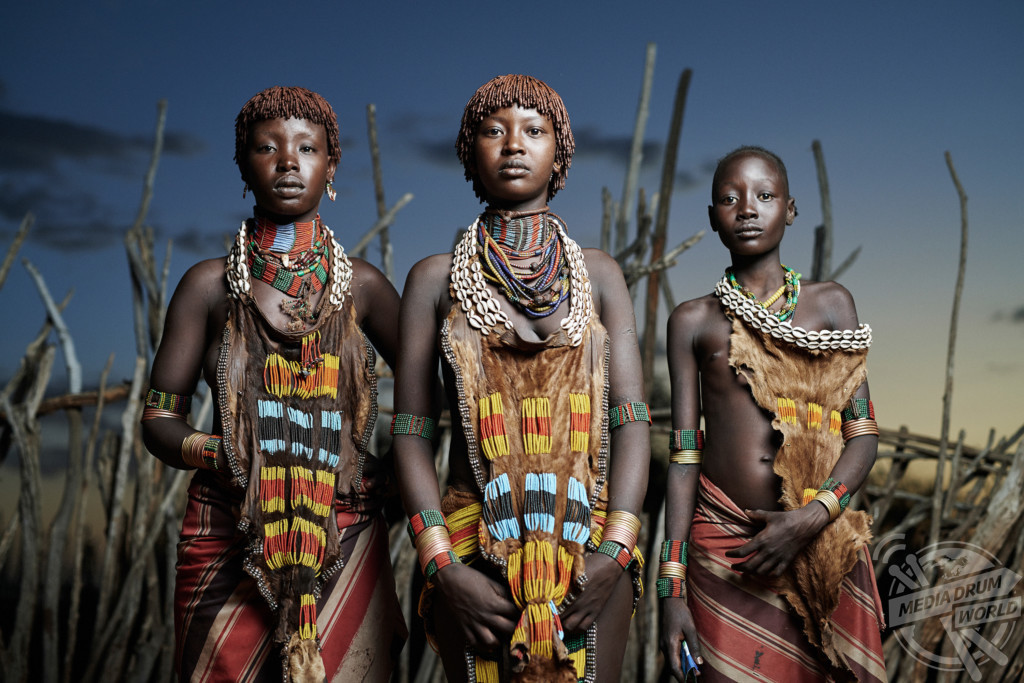By Mark McConville
THESE tribes may soon go out of existence but have been captured in a series of incredible images by a photographer travelling the world to document them.
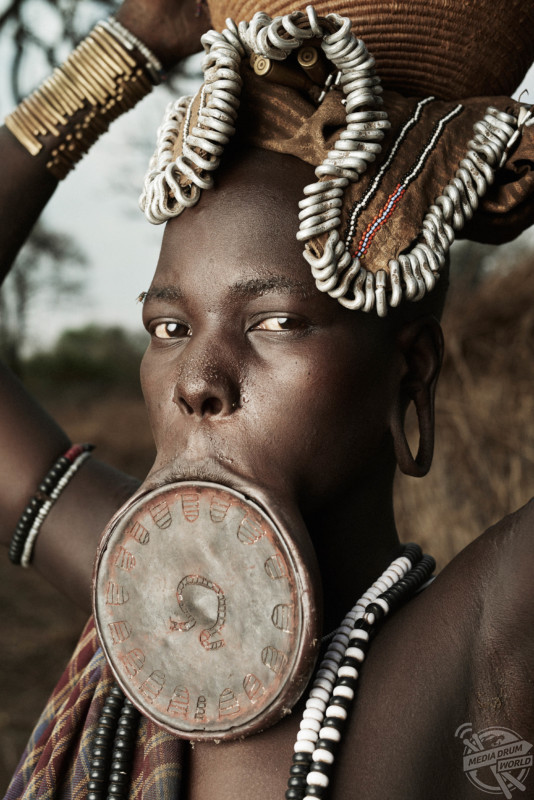
Adam Koziol / Universal Features / mediadrumimages.com
The stunning pictures show a woman from the Mursi tribe in Ethiopia with a large plate, a Karo tribesman from Ethiopia with white paint and markings all over his body and a Konyak tribesman from India with a full facial tattoo.

Adam Koziol / Universal Features / mediadrumimages.com
Other remarkable photographers show an Apatani woman from India with large nose plates, a woman from the Himba tribe in Namibia wearing traditional headdress and both men and women from the Kalinga tribe in the Philippines with tribal tattoos all over their body.

Adam Koziol / Universal Features / mediadrumimages.com
The striking shots were taken by Polish photographer Adam Koziol who has travelled the world documenting tribes.
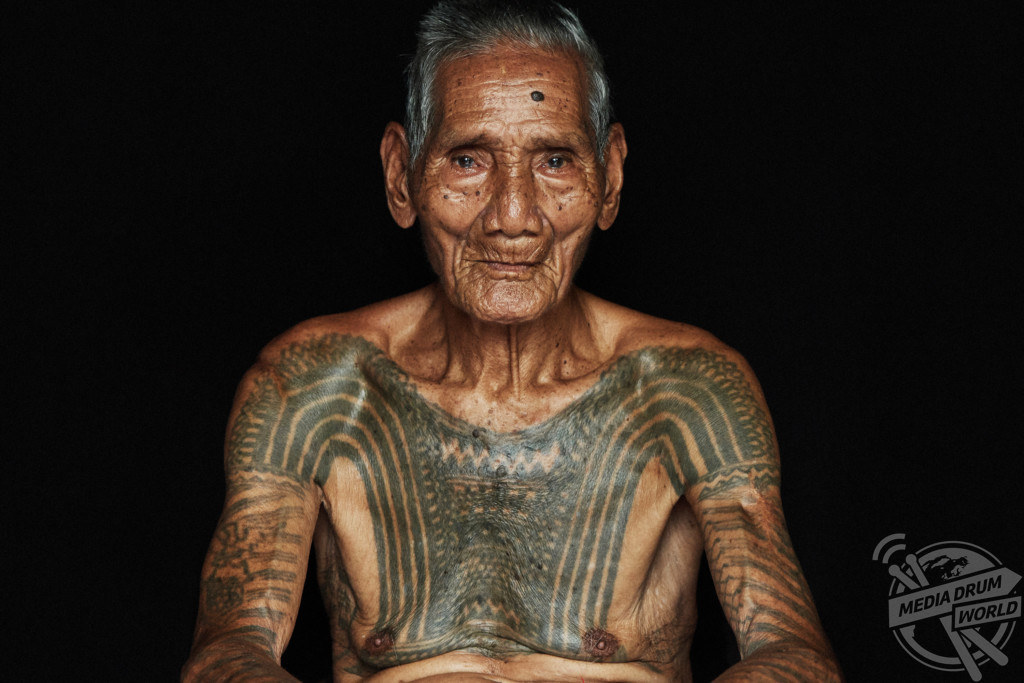
Adam Koziol / Universal Features / mediadrumimages.com
“I would like to show the beauty of the cultures and the variety of origins of the people all over the world,” he said.
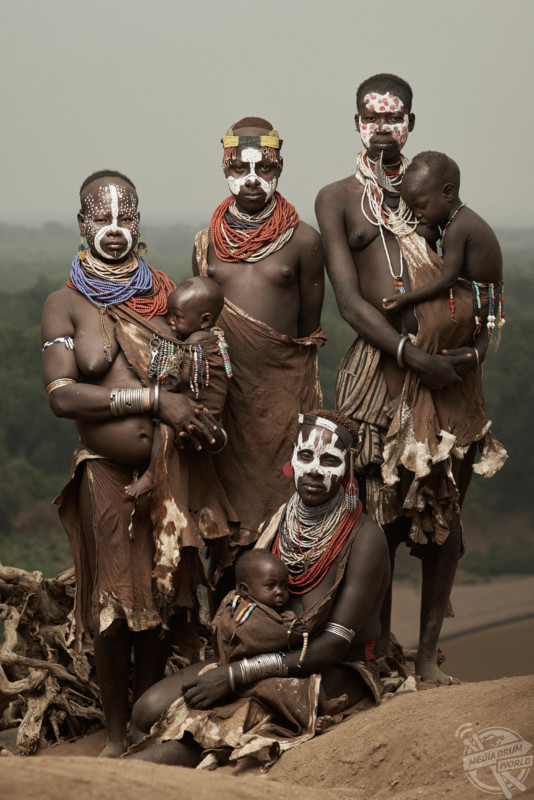
Adam Koziol / Universal Features / mediadrumimages.com
“I am fascinated in particular by tattoos, scarifications and other individual features identifying a given tribe. I am also interested in characteristic phenotypes of all societies and external attributes such as clothing, jewellery, arms.
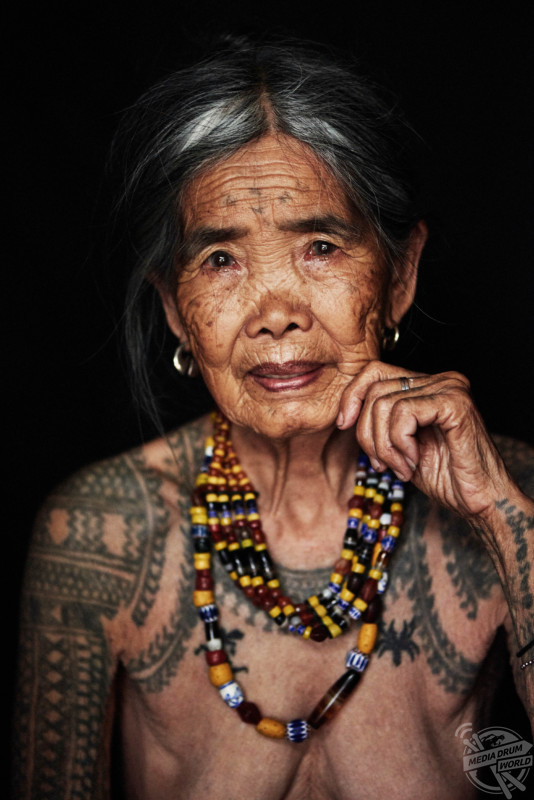
Adam Koziol / Universal Features / mediadrumimages.com
“I am trying to develop relationships with people before making any photo and I spend as much time as possible on peaceful talks. Time and getting used to one another results in me knowing what to do and, more importantly, in those people feeling comfortable.

Adam Koziol / Universal Features / mediadrumimages.com
“Most of the tribes have lost their culture, being assimilated into modern world and now it is just history. There are only signs like tattoos or scarification which mean that this person was one of the tribe member – ex Iban, Konyak, Apatani etc. And also these people can tell something about this culture – how was it before.
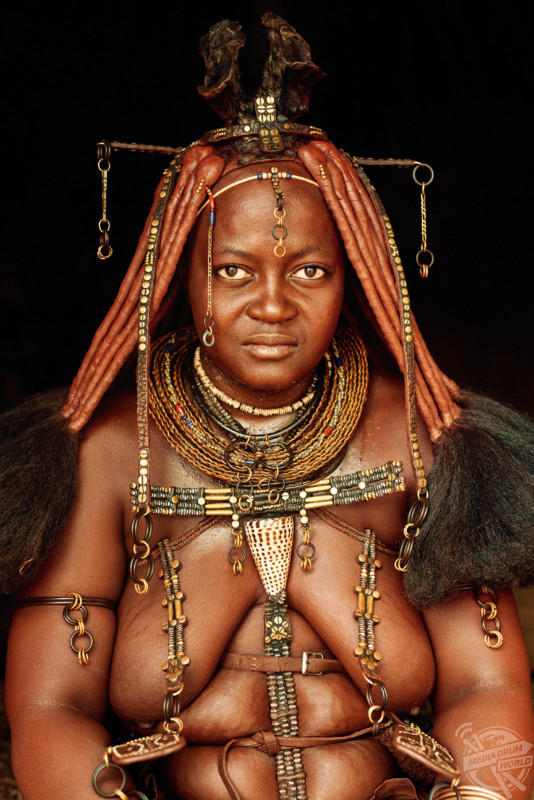
Features / mediadrumimages.com
“The second category is tribes which still cultivate their traditions but most of this people will be assimilated into modern world during next decades – mostly one generation – ex. Mentawai, Yali. The smallest category of cultures are tribes which live still in really remote areas (Korowai, Kombai), or modern world protect their territory (Zo’e, Sentinelese).
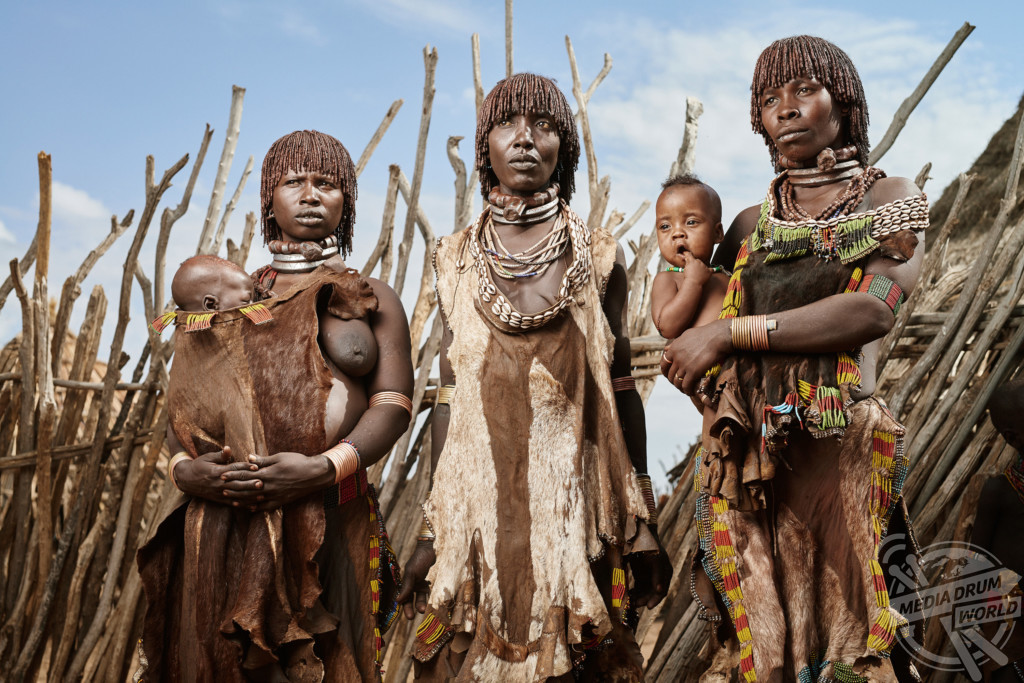
Adam Koziol / Universal Features / mediadrumimages.com
“I focus my photography on documentation group number one (non extinction cultures – only people live) and number two (last generation/last decades of culture), because I know that I have just only last few years to document it and huge list of cultures to reach and document.”

Adam Koziol / Universal Features / mediadrumimages.com
Koziol has so far documented 18 tribes but has a list of 50 more he wants to reach in future. He is currently trying to get an entry permit to the territory of Zo’e tribe in Brazil. He explained what tribes made the biggest impression on him.
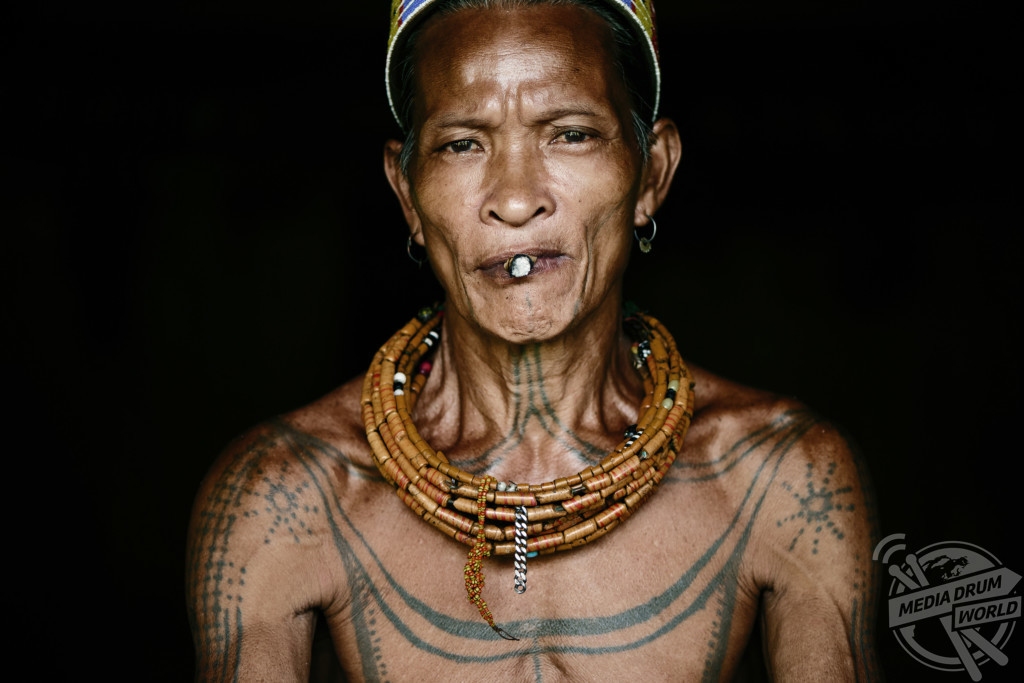
Adam Koziol / Universal Features / mediadrumimages.com
“I think it was the first tribe I managed to take some pictures of, the Iban tribe, who left the biggest impression on me,” added Koziol.
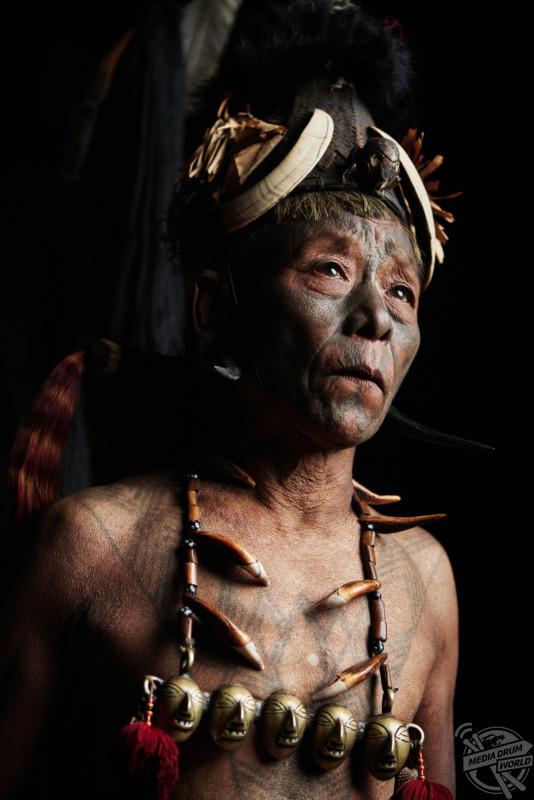
Adam Koziol / Universal Features / mediadrumimages.com
“Apart from that, it was a great adventure for me to be around the Mentawai people in Siberut Island next to Sumatra. It is a unique shamanic culture shrouded in mystery.

Adam Koziol / Universal Features / mediadrumimages.com
“I felt amazingly good in the Konyak tribe in India, the culture of the former headhunters, who converted to Christianity and chose love. Incredible faith, authenticity and openness towards people left a big impression on me, which in turn, gave a lot food for thought when I came back home.
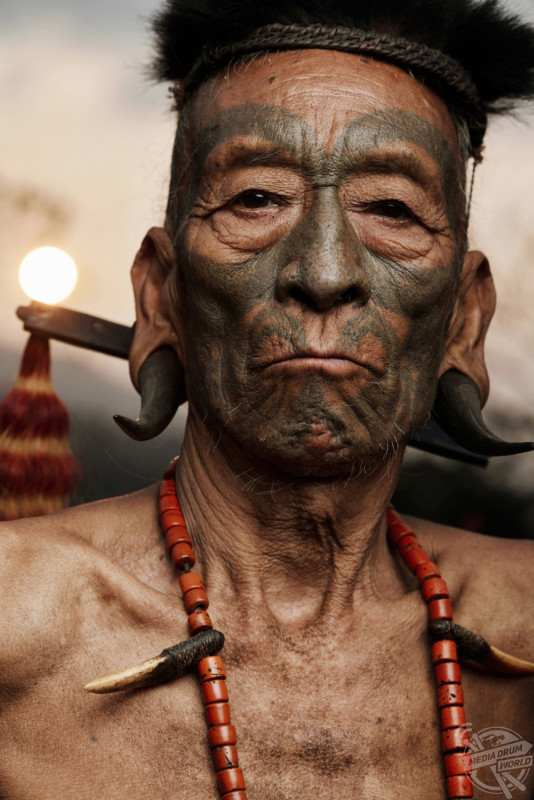
Adam Koziol / Universal Features / mediadrumimages.com
“The Mursi and Himba tribes were the aesthetic individuals for me; however, it was difficult for me to make a closer contact with them and have a peaceful conversation with these people.
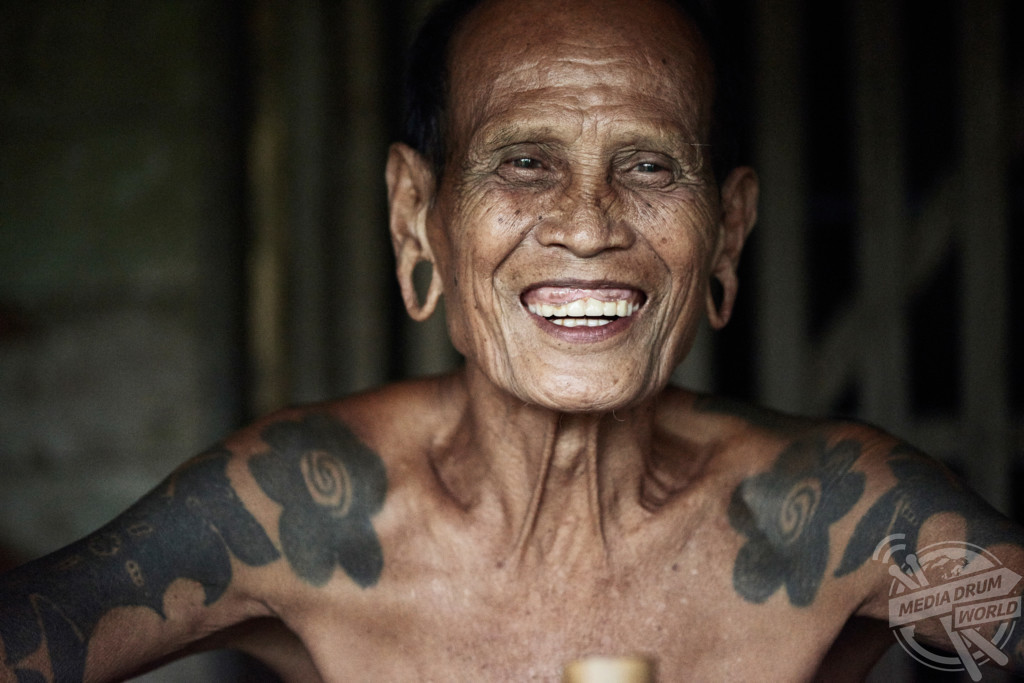
Adam Koziol / Universal Features / mediadrumimages.com
“In Indonesia on Papua the biggest adventure for me was to reach the most remote villages and look for people wearing traditional Koteka. The most valuable for me is the fact each tribe brings to mind different emotions, different stories and each place taught me a lot of new things.”
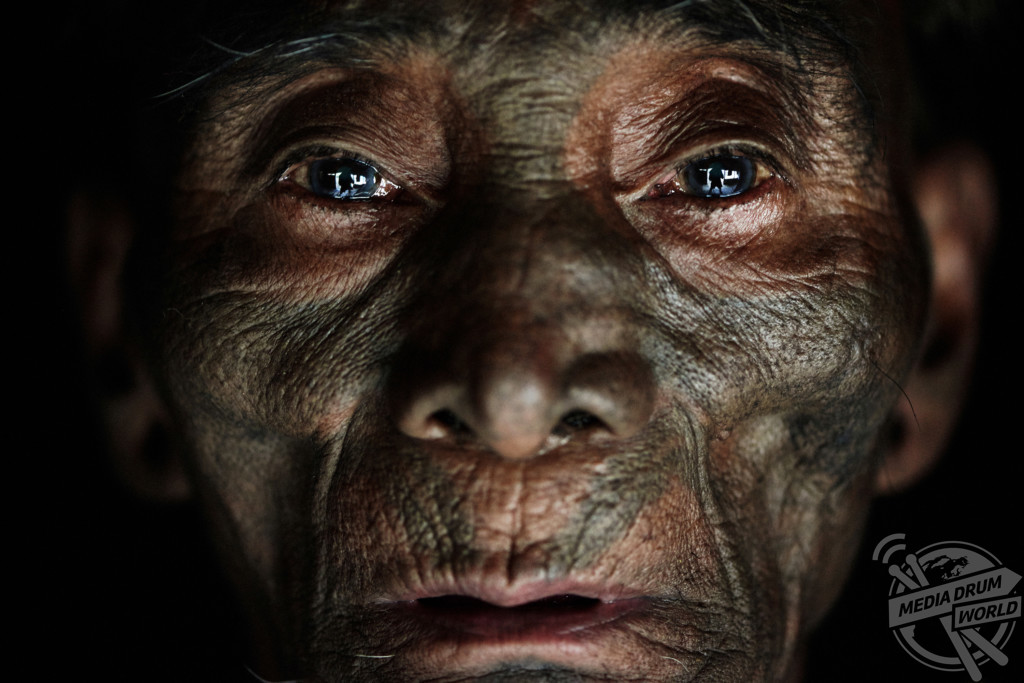
Adam Koziol / Universal Features / mediadrumimages.com
Koziol stumbled into tribal photography while travelling through Borneo to take pictures of insects.
Things don’t always run smoothly in the life of a tribal photographer and Koziol explained the main problems he has ran into.
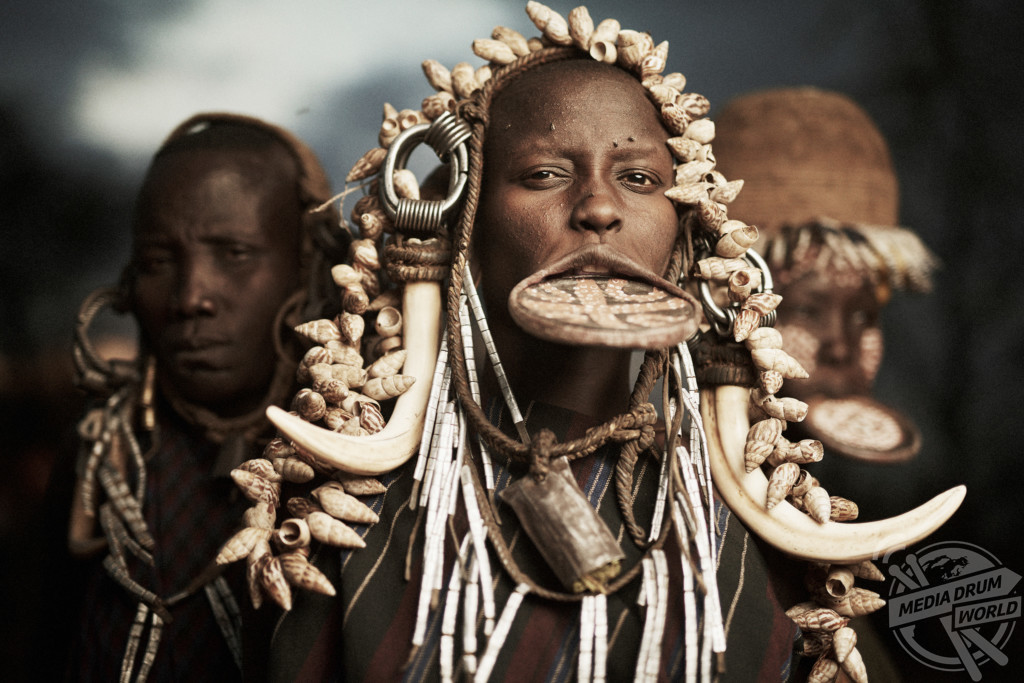
“Logistics, logistics, logistics; reaching the destination takes most time and finances,” he said.
“On site, apart from several exceptions, I met with much hospitality. Once I had to leave the guide and the carriers in Papua as I was cheated, another time I had to pack at night and leave a certain village in Etiopia, as there was a serious alcohol-induced fight between the villagers, ending in gunshots.
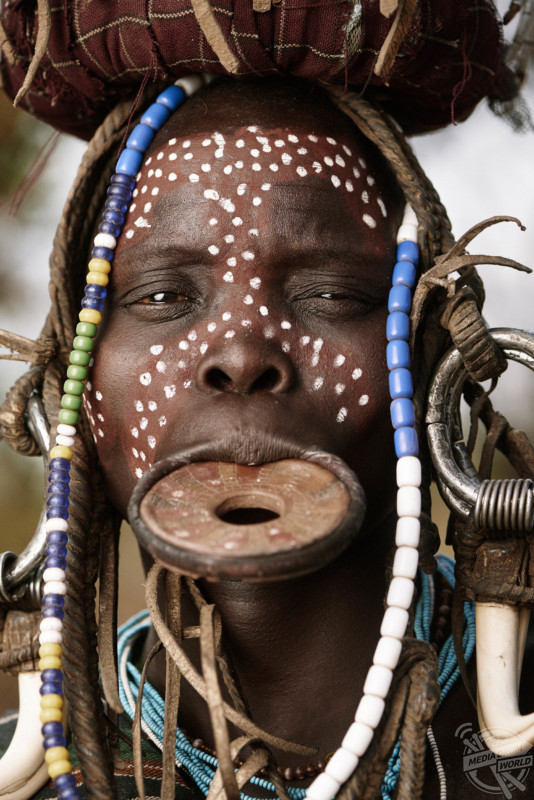
Adam Koziol / Universal Features / mediadrumimages.com
“I had three serious food poisonings, after one of them I was so sick that I was not able to contact anyone. Apart from that, I hope that I would not experience any more serious trouble. In most cases, it is very safe.”

